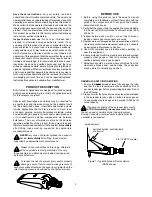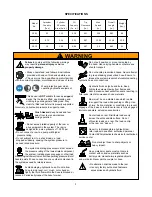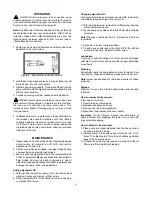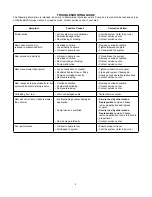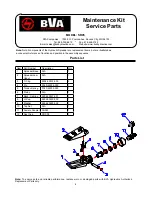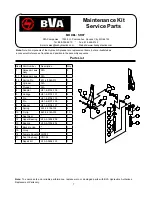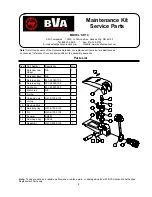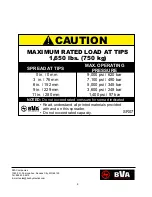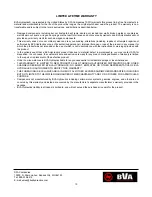
4
Figure 2 - Horizontal and Vertical position
OPERATION
ALWAYS monitor pressure, load or position using
suitable equipment. Pressure may be monitored by means
of an optional manifold and gauge. Load may be monitored
by means of a load cell and digital indicator.
Note:
Any attachment that is not loaded centrally, as through
the centerline of the ram, is considered to be “offset”. When
extension tubes and/or offset attachments are used, the
rated capacity is always reduced by 50% for each tube or
offset attachment connected.
1. Pump may be used in horizontal and vertical position as
illustrated on figure 2 below.
Changing Hydraulic Oil
For best performance and increased system life, replace the
complete fluid supply at least once per year.
1. With ram fully lowered, remove the oil filler screw from the
pump reservoir as above.
2. Lay the pump on its side and drain the fluid into a suitable
container.
Note:
Dispose of hydraulic fluid in accordance with local
regulations.
3. Set pump in its level upright position.
4. Fill with good quality jack oil to within 3/8" of the oil filler
screw hole opening. Reinstall oil filler screw.
Lubrication
A coating of light lubricating oil to pivot points and hinges
will help to prevent rust and assure that pump assemblies
move freely.
Cleaning
Periodically check the pump piston and ram for signs of rust
or corrosion. Clean as needed and wipe with an oily cloth.
Note:
Never use sandpaper or abrasive material on these
surfaces!
Storage
When not in use, store with the pump piston and ram fully
retracted.
How to remove faulty coupler:
If ram does not retract,:
1. Secure load by other means.
2. Depressurize pump and hose
3. Remove the ram from application.
4. Disconnect and replace with new coupler.
Important:
Do not attempt to grasp ram with pliers or
wrench without first wrapping the jaws of such tool with
rags or similar padding.
How to bleed air from system:
1. Place pump at a higher elevation than the hose and ram
as shown in figure 3 below.
2. Operate pump to fully extend and retract the ram 2 or 3
times. The objective is to force the air bubbles up hill and
back to the pump reservoir.
3. To bleed the air from pump reservoir, simply open the oil
filler screw. Re-install after bleeding.
!
2. Locate and close release valve by turning it clockwise until
firmly closed. (Do not over tighten)
3. Operate by pumping handle. This will send fluid from the
pump reservoir into the high pressure hose assembly and
into the ram assembly.
4. Continue pumping until ram reaches desired position.
NEVER operate pump with release valve closed and
disconnected from application. If operated in this condition,
the hose and connections become pressurized. This
increases burst hazard. Damage may occur to pump and
its components.
5. To Release Pressure on work piece: Slowly, carefully turn
the release valve counter-clockwise until ram retracts
to desired position. Never turn release valve more than
1/2 full turn. The ram return system is spring loaded and
the release valve system is metered, allowing controlled
retraction of the ram.
MAINTENANCE
1. Inspect hoses and connections daily. Replace damaged
components immediately with BVA Hydraulics
Replacement Parts only.
2. Tighten connections as needed. Use pipe thread sealing
compound when servicing connections.
3. Use only good quality hydraulic fluid. We recommend BVA
FJZ01 or equivalent.
Never
use brake fluid, transmission
fluid, turbine oil, motor oil, alcohol, glycerin etc. Use of
other than good quality hydraulic oil will void warranty and
damage the pump, hose, and application.
Adding Hydraulic Oil
1. With ram fully lowered, set pump unit in its normal, level
position. Locate and remove oil filler screw.
2. Fill until oil is within 3/8" of the oil filler screw hole opening,
re-install oil filler screw.
!


